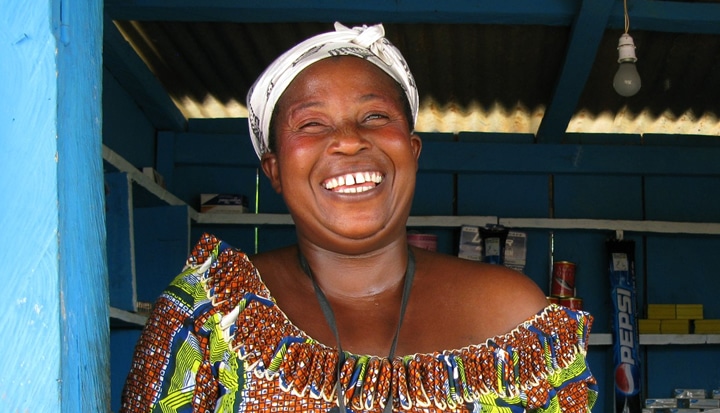Grameen Foundation has a proud heritage rooted in one of the most successful financial innovations of our time – microfinance – as pioneered by Muhammad Yunus, Founder of Grameen Bank. Since Grameen Foundation’s founding in 1997, we have continued to adapt to the needs and capabilities of the global poor, focusing on how financial inclusion tools beyond micro-loans can enable them to get themselves out of poverty.
Similar to what microfinance did to empower the poor in Bangladesh starting in the 1970s, our goal for financial innovation includes finding creative ways to ensure that people who are financially active but invisible become visible to financial institutions of all types. This link to the formal sector can have the profound ability to empower people to make choices about whether they want (or need) to use services offered to manage their finances.
The principles behind the innovations
Over the course of the last 16 years, we’ve developed four guiding principles for financial innovations for the poor and poorest:
1) Ensure inclusion of the poor
2) Consistently focus on influencing others to adopt and adapt social innovations such that it leads to a “tipping point”
3) Focus on outcomes related to tangible benefits for the poor and the organizations that serve them
4) Establish technology-enabled, direct, affordable connections to the poor
In this post I’ll dive deeper into how the first principle influences our approach to financial innovation.
First, our methodology ensures inclusion of the poor when designing products and services. This sounds obvious but can be difficult to implement. When we develop new products and services, we don’t develop them for the poor – we develop them with the poor. Our methodology incorporates direct feedback from the poor in the design process: human-centered design. It has revolutionized our ability to design, test and launch new products and services quickly, and to get those products to market through scaling partners in a way that solves real problems for the poor and poorest. In this context, it is also essential to measure whether benefits are accruing to these individuals – and also whether a product is inadvertently harming them.
Social empowerment and business sustainability
Our definition of financial innovation includes developing financial services that enable the poor to leverage their underappreciated strengths, putting them in a position to be more proactive in generating income, taking care of their health, and producing more food. When people are excluded from access to reliable, convenient and fairly priced financial services, it can mean lack of empowerment, being unable to seize opportunities for one’s family, and being generally disenfranchised by society.
This commitment to social empowerment is part of our heritage – but we also understand that products and services, whether delivered by a non-governmental organization or a for-profit financial services firm, must cover their costs. Without a sustainable financial model, the benefit of providing these products to the poor will be short-lived.
We reconcile these two potentially conflicting goals by recognizing that not every product needs to be profitable. Some can be so-called “loss leaders,” while others can be cross-subsidized, with wealthier clients generating the surplus needed to provide a similar product to a poorer group at a loss. Ultimately, we seek to innovate to empower the poor to better manage their finances, while also generating revenue to sustain our efforts.
Breaking new ground without making old mistakes
Our industry is on the cutting edge of developing products to serve people who are off the grid, literally and figuratively. But we’ve noticed that, whether we’re developing savings products, lending products or mobile financial services, the most effective innovations often come from small tweaks to an established process, channel or pricing. So rather than spending time and money perfecting an entirely new product with the hopes of disrupting the market with one big idea, we focus on improving what already works.
Organizations across sectors are also developing exciting new products that leverage existing structures, like village savings and loans associations, and global supply chains. However, the industry still often gets behind a particular new idea, management trend or “donor darling” concept and forgets what has already been done. This causes us to repeat the same mistakes over and over, and we miss an opportunity to build on the mistakes (or even failures) of others. One of the distortions introduced by philanthropic capital is a tendency for a succession of fads to take hold and distract attention from fundamental solutions that work.
At the same time, mistakes and failures are the greatest single opportunity for growth and advancement. To ignore them or cover them up is a huge missed opportunity to improve the lives of those we seek to help. It also creates significant inefficiencies and perpetuates the need to reinvent the wheel.
In order to improve in this area, Grameen Foundation has made a concerted effort to share lessons learned internally and externally. This allows internal teams to benefit from shared learnings and dialogue about what’s working and where we can improve in product, service, process or channel design. That’s where creativity can spark exciting new ideas for problem solving. At the same time, we’re proud to produce lessons learned externally to inform others about mistakes we’ve made, so they can save time and money. We’re hopeful that this trend will continue to flourish as international development becomes increasingly collaborative, enabling us all to develop financial innovations that solve real problems for the poor, and ensuring that the poor gain greater agency.
This blog was previously published on NextBillion and is reproduced with permission:
As part of NextBillion Financial Innovation’s launch, they invited a number of top innovators and leaders to contribute their views on financial innovation – what’s driving it, where momentum is heading, and what obstacles remain.











One Response
Alex, I like the tone of the post and where you are coming from, especially with all the action in this space right now. I think one of the issues that arise for me, based on some of my research and experience, is that Grameen is still a foreign entity in a ‘local’ community. Yes, the products of micro-loans work for some and many realize how difficult it is to operate businesses and manage cash flow among other things, however, simply pushing a loan product from a bank that is external (and using external resources) to the community does not automatically or inclusively help shape a prospering local economy/community. I would imagine that a detailed drill down into which sectors are financed most by Grameen would help us understand how resource are being used by communities, but using the example of a phone service where a micro-loan recipient uses a small loan to pick up business capital (a phone) to elicit phone call sales does not really add to the productive capacity of a community. The telecom company most likely is not from that area. The phone likely was not constructed there. The cell towers also likely imported. And the service itself, the telephony, is not producing anything other than the phone call/communication which is the sole thing produced locally – and this is something drastically changing with cell phone uptake, globally.
My point is that some of the criticism towards Grameen (and other financing institutions) and the resulting alternative self-financing forms springing up are a result of ‘something missing’ in the financing process/experience. Whether it is the data between loan recipients and the bank or where the money ultimately resides, who controls the capital, and if it flows internal to a community or simply exits is all a mystery to the local user of a micro-loan. In essence, the entire viewpoint of a micro-loan continues to exacerbate the issue – it is the bank (Grameen) who ultimately reaps the reward and does so in a distant land, not locally. What if Grameen capitalized local groups to start their own self-managed micro-loan programs? Not a panacea but an alternative that might offer greater ownership (and therefore power, authority, and dignity) to local capital – what is now being referred to as community capital – so that capital flows locally and remains within the community, further providing resources to other businesses that require working capital or financing and at the discretion of locals – not Grameen.